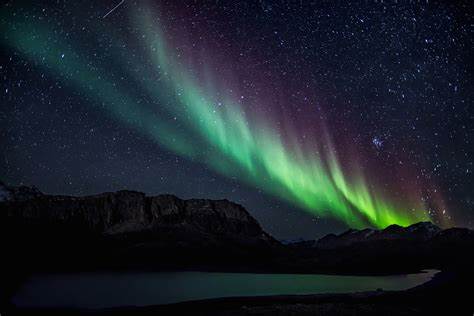In a groundbreaking collaboration with the private sector, the United States is gearing up to launch its first spacecraft attempting a soft lunar landing since the Apollo era. However, not everyone is rejoicing.
The Navajo Nation, the largest indigenous tribe in America, has voiced concerns about human cremated remains being placed on the lander vehicle, deeming the mission a “desecration” of the Moon, which holds sacred significance in their culture.
Scheduled for January 8, the Peregrine lander from Pittsburgh-based Astrobotic will embark on its maiden voyage atop a United Launch Alliance Vulcan Centaur rocket, marking a milestone in NASA’s commercial partnerships designed to optimize cost efficiency. The Peregrine will carry scientific instruments to explore lunar surface radiation, aiding NASA in preparations for future crewed missions under the Artemis program later this decade.
However, the robot’s payload includes contributions from two companies, Elysium Space and Celestis, featuring cremated remains and DNA destined to remain on the Moon within the lander for eternity.
While Elysium has not provided specific information, Celestis boasts 69 “participants,” featuring notable figures such as the late Star Trek creator Gene Roddenberry, renowned sci-fi author Arthur C. Clarke, and even a dog named Indica-Noodle Fabiano.
According to the company’s website, customers have paid prices starting at $12,995 for these lunar memorial services.
In a letter dated December 21, addressed to officials at NASA and the Department of Transportation, Navajo Nation President Buu Nygren expressed “our deep concern and profound disappointment regarding a matter of utmost importance.” He called for NASA to postpone the launch in response to the tribe’s objections.
“The Moon holds a sacred position in many indigenous cultures, including ours,” Nygren wrote.
“The act of depositing human remains and other materials, which could be perceived as discards in any other location, on the Moon is tantamount to desecration of this sacred space.”


